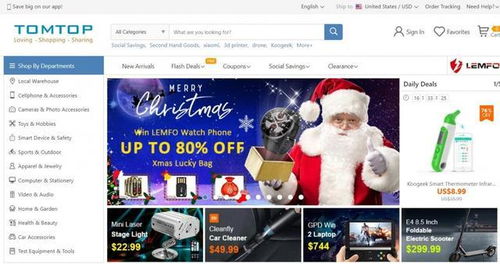Creating and managing an online store involves several key steps and considerations. Here's a structured guide to help you get started:

1. Choose an E-commerce Platform
Beginner-Friendly Options: Shopify, BigCommerce, or Wix (easy setup, no coding required).
Customizable Solutions: WooCommerce (WordPress plugin) or Magento (for scalability and advanced features).
Niche Platforms: Etsy (for handmade/artisan goods), Squarespace (for creative portfolios with e-commerce).
2. Domain Name and Hosting
Domain: Pick a short, memorable name (e.g., via GoDaddy or Namecheap).
Hosting: Use platform-specific hosting (Shopify/Wix include it) or a third-party service (e.g., Bluehost for WooCommerce).
3. Design Your Store
Templates: Use responsive, mobile-friendly themes.
Branding: Ensure consistent colors, logos, and fonts.
User Experience (UX): Simplify navigation, add search bars, and ensure fast loading times.
4. Add Products
Product Pages: Include high-quality images, detailed descriptions, pricing, and variants (size/color).
Inventory Management: Use tools like Oberlo (for dropshipping) or platform-native inventory trackers.
5. Payment Gateways
Popular Options: PayPal, Stripe, Square, or platform-specific solutions (e.g., Shopify Payments).
Security: Enable SSL encryption and comply with PCI standards.
6. Shipping and Tax Setup
Shipping: Integrate carriers (USPS, FedEx) or use apps like ShipStation.
Taxes: Automate calculations with tools like Avalara or TaxJar.
7. Marketing Strategies
SEO: Optimize product titles, descriptions, and meta tags.
Social Media: Promote via Instagram/Facebook Shops, TikTok, or Pinterest.
Email Marketing: Use tools like Klaviyo or Mailchimp for newsletters.
Paid Ads: Run Google Ads or Facebook/Instagram campaigns.
8. Legal Compliance
Policies: Draft clear return/refund, privacy, and terms-of-service pages.
Regulations: Follow GDPR (EU), CCPA (California), or other local laws.
9. Analytics and Optimization
Tools: Google Analytics, Hotjar (heatmaps), or platform-specific dashboards.
A/B Testing: Experiment with layouts, CTAs, or pricing strategies.
10. Customer Support
Live Chat: Use tools like Zendesk or Tidio.
FAQ Section: Address common questions to reduce support inquiries.
Key Trends to Consider (2023):
Mobile Commerce: 60%+ of traffic comes from mobile devices.
Sustainability: Highlight eco-friendly packaging or carbon-neutral shipping.
AI: Implement chatbots (e.g., Drift) or personalized recommendations.
Costs to Expect:
Platform Fees: $30–300/month (varies by plan).
Transaction Fees: 2–3% per sale (if using third-party gateways like PayPal).
Apps/Plugins: $10–50/month for marketing or inventory tools.
Examples of Successful Models:
Dropshipping: Oberlo + Shopify.
Subscription Boxes: Use Cratejoy or Subbly.
Niche Stores: (books), Glossier (beauty).
By following these steps, you can build a functional, scalable online store. Focus on user experience, trust-building (reviews/testimonials), and iterative improvements based on data. Let me know if you need help with a specific platform or strategy!


